“Don't kill him - he's Beatle Paul!”: The dramatic birth of Paul McCartney’s greatest post-Beatles song
Vaulting between three distinct sections, the Wings classic was conjured with the same spirit as Abbey Road’s closing medley
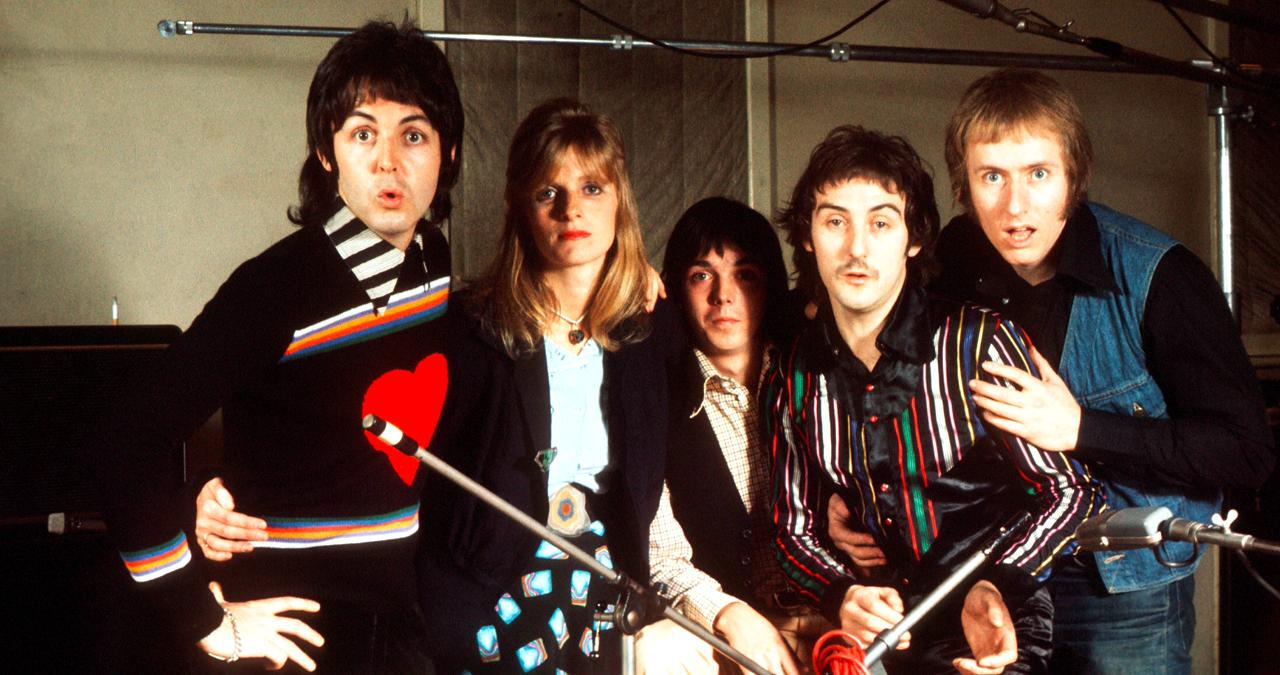
Following the culmination of the Beatles’ recording story with 1969’s Abbey Road, the former Fabs had carved out distinctive new solo identities. George Harrison set an early high bar with the exemplary double-album All Things Must Pass in 1970, while John Lennon had positioned himself firmly as a cultural figurehead of the revolutionary left. His utopian anthem Imagine became an enduring hymn for the ages.
Paul McCartney meanwhile, despite being quick off the mark to establish his solo career with 1970's amiable 'McCartney', had yet to garner consistent commercial success, or the same level of critical stock that his fellow Beatles were typically achieving.
Though his early solo offerings were creatively bountiful (1971’s gloriously quirky Ram in particular) and had achieved moderate success, it would take the formation of an entirely new band and a complete change of locale to finally land the song (and album) that would fulfil his solo ambitions.
It was a song that channelled both his genius for melodicism with a structural fearlessness. An anthem that did much to cement McCartney as the enduring solo Beatle and one of rock's all-time greats.
This was McCartney's victorious gallop out from his former band's long shadow.
The Song: Paul McCartney and Wings - Band on the Run
The Magic Moment (s): 1:19 and 2:06 - The song’s abrupt swings into new passages, particularly that final glorious acoustic guitar-led section
The Origin
Establishing the band Wings on the heels of 1971’s Ram, McCartney was keen to slot himself back into the security of a band-based dynamic.
He told the Independent Free Apple newsletter in 1970 that, “I like the idea myself of just having a sort of easy little thing like a band thing which is just umm…just a band! A simple idea of a band playing together.”
Wings initial pair of LPs, Wild Life and Red Rose Speedway, had found moderate success, but McCartney was consistently dogged by a critical perception of him as a toothless, somewhat ‘sweet’ artist. Especially when judged next to the acerbic, politically-charged Lennon.
Perhaps the ghost of his previous incarnation as the ‘romantic’ Beatle was to blame.
Get the MusicRadar Newsletter
Want all the hottest music and gear news, reviews, deals, features and more, direct to your inbox? Sign up here.
But comparing these early Wings releases to McCartney’s (still at that point quite recent) 1960s purple patch, many were not entirely un-justified in their criticisms.
Perhaps Village Voice’s Robert Christgau went a little too far, though, when he dubbed Red Rose Speedway as “quite possibly the worst album ever made by a rock and roller of the first rank.” That’s got to have stung.
But, rather than jettisoning the Wings project, McCartney had a feeling that some magical synergy of live energy-led dynamics and finely-tuned songwriting was almost within reach.
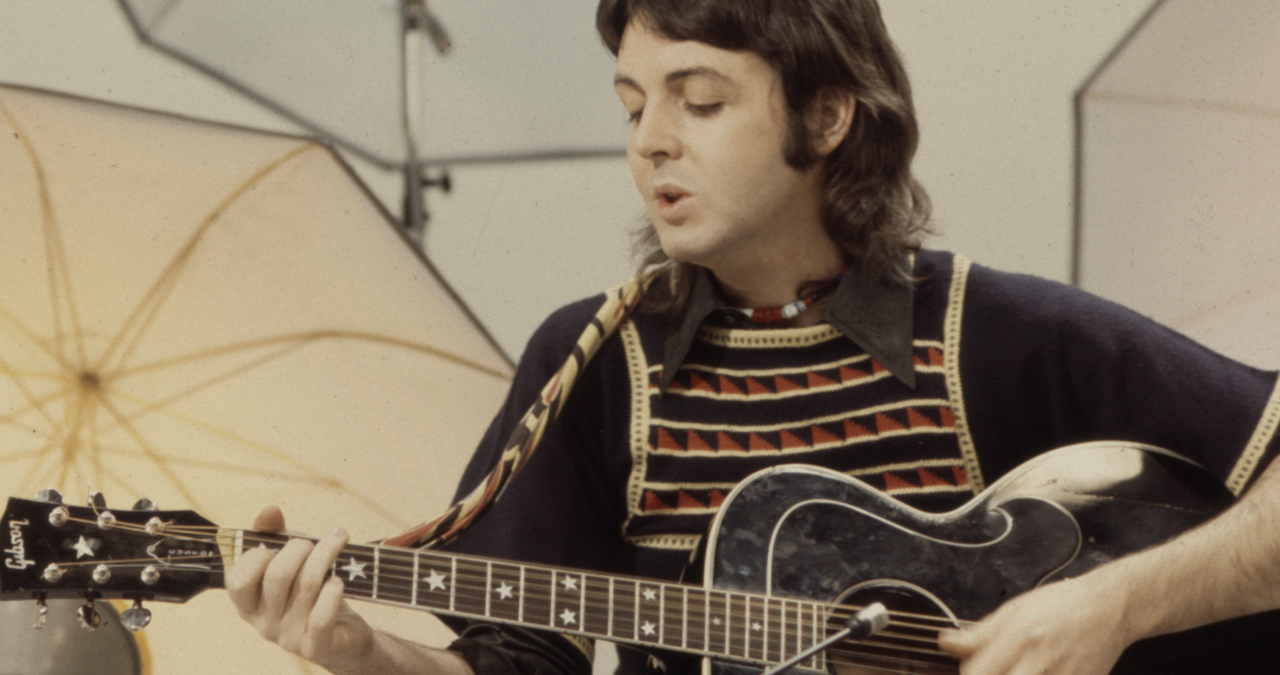
While McCartney remained buoyant about Wings’ future, tensions boiled over as pre-production on album number three began.
Disagreements about McCartney’s dictatorial role in the band resulted in the departure of Wings' lead guitarist Henry McCullough and drummer Denny Seiwell.
It wasn’t a promising beginning to the album that would, ultimately, become Wings’ most successful.
“Paul kind of pushed Henry into the corner about playing his part the same way, every time we played,” Seiwell told Something Else reviews in 2013. “The solo from [Red Rose Speedway’s] My Love, as an example. I think Henry had just had enough of it, and he left. I had no plans on leaving, but at that point I felt like we had really gone to great lengths to become a band.”
This regrettable fracture meant that McCartney’s band-centred ambitions were becoming increasingly tricky to realise. The remaining crew being just himself, his musical partner and wife Linda McCartney and dedicated sidekick Denny Laine.
Itching for a change from the staid dynamics of recording in London - the three decided to decamp to Lagos in Nigeria, intending to draw influence from African musical culture and inject a fresh mindset into the record.
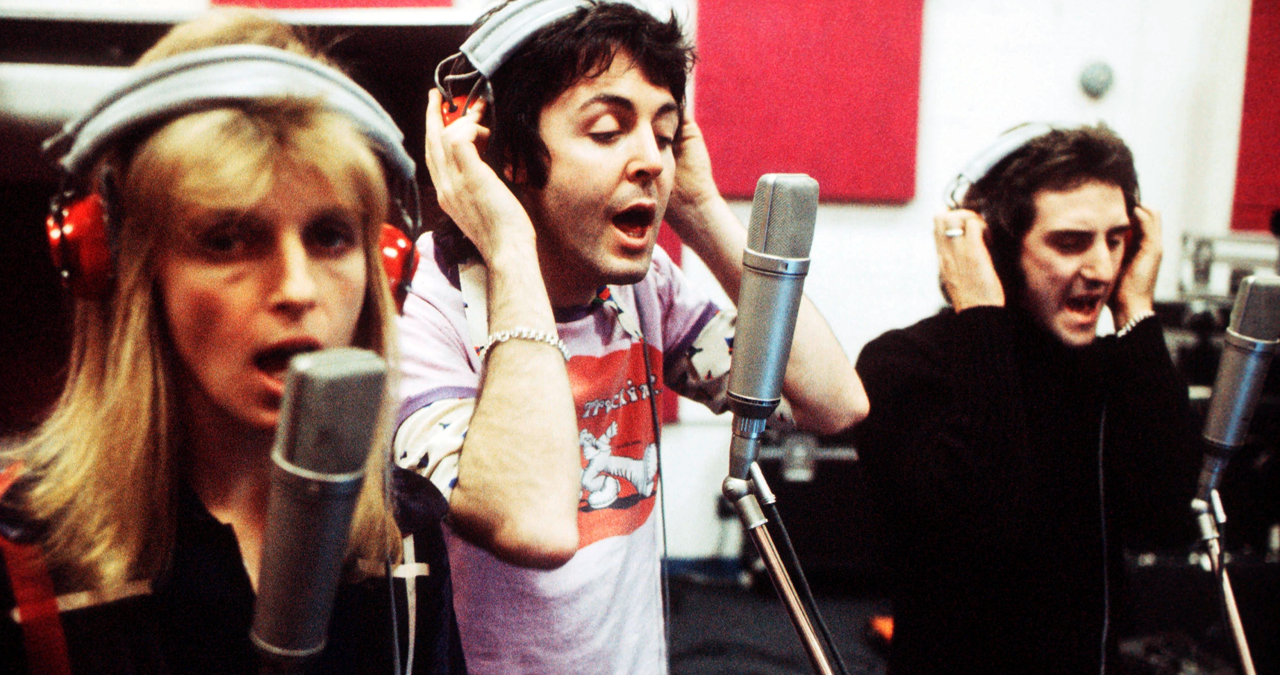
While the trip to Lagos proved to indeed be the major shift that they sought, it also proved a problematic location to helm a studio album.
The first portent came via legendary African musician Fela Kuti. Who loudly proclaimed McCartney’s Lagos excursion as another example of a white artist “coming to steal a black man’s music."
But the most immediate issue was the studio itself. Ostensibly owned by EMI, the set-up wasn’t in any way fit for purpose. “Anybody else might have given up because, when we got there, the studio was only half-built. We had to figure it all out,” Paul remembered in an interview with The Sun.“They make great music in Africa but, back then, they were not as technologically savvy as we were used to. We expected it to be a proper EMI studio but they didn’t have vocal booths.”
Another, more disturbing, aspect of the new location was the many threats lurking around the city’s no-go areas. Areas which the ever-wide-eyed Paul innocently strode into - sans security.
A fated encounter in particular has now become legend.
A car slowly pulled up beside Paul and Linda, which the McCartneys initially assumed was either someone who’d recognised the former mop-top, or was a generous gesture of a lift.
“There’s, like, about four or five of them and then there’s a little one and he’s got a knife,” Paul remembered to NME. “So we go, ‘Oh, you’re not offering us a lift at all! You’re robbing us!”
Terrified - and fearful the situation could get ugly, Linda implored the gang to relent, screaming (as Radio X reported) "Don't kill him - he's Beatle Paul!"
Opening his satchel, Paul was forced to hand over many demo cassettes of songs that they had been working on, and the pair managed to escape without the situation turning ugly.
The production of album three was becoming a disaster.
Thankfully, McCartney had maintained a habit established early during his songwriting partnership with John Lennon - he’d memorised many of the developing songs.
“I had to remember the songs,” McCartney recalled to NME. Luckily I did. I’d written them not too long ago so I’d kind of remembered them.”
In spite of - or potentially due to - this overwhelmingly bleak context, the album that became Band on the Run was shaping up to be quite the strongest collection of songs that McCartney had penned since his Beatle’s heyday.
Staring down the setbacks, McCartney channeled his frustrations into what he did best - writing magnificent songs.
From the twisty guitar chops of Let Me Roll It, to Lady Madonna-evoking pomp of Nineteen Hundred And Eighty Five and the gorgeous lull of Mamunia - the first track recorded in Nigeria. The fire was well and truly back in McCartney’s belly.
But the album’s key moment, and the song that would probably come to shape McCartney’s solo career more than any other, was the opening title track.
Establishing the record’s sonically curious nature, Band on the Run also sketched the thematic concept of the LP. It re-cast the band Wings as a band of desperadoes - akin to a bunch of old-west outlaws (perhaps inspired by the McCartneys' recent brush with violent criminality).
It was a concept not a million miles from McCartney's 1967 decision to re-badge the Beatles as those moustachioed purveyors of psychedelic whimsy, Sergeant Pepper’s Lonely Hearts Club Band.
But what made Band on the Run truly captivating was its numerous dramatic lurches.
Beginning as a meditative, slow-paced piece, McCartney painted a sedate scene of the song's protagonist incarcerated within a prison cell.
Stuck inside these four walls
Sent inside forever
Never seeing no one
Though shards of gleaming, sunlight-esque synth permeate the serene arrangement (courtesy of Linda's Moog), it’s a languid, regret-filled opening.
Without warning, the song cuts to another scene. Suddenly we're operating within a tighter, punchier riff-based shuffle, and we get a feel of rising momentum.
We start to feel that the tide is turning.
A jailbreak is being hatched.
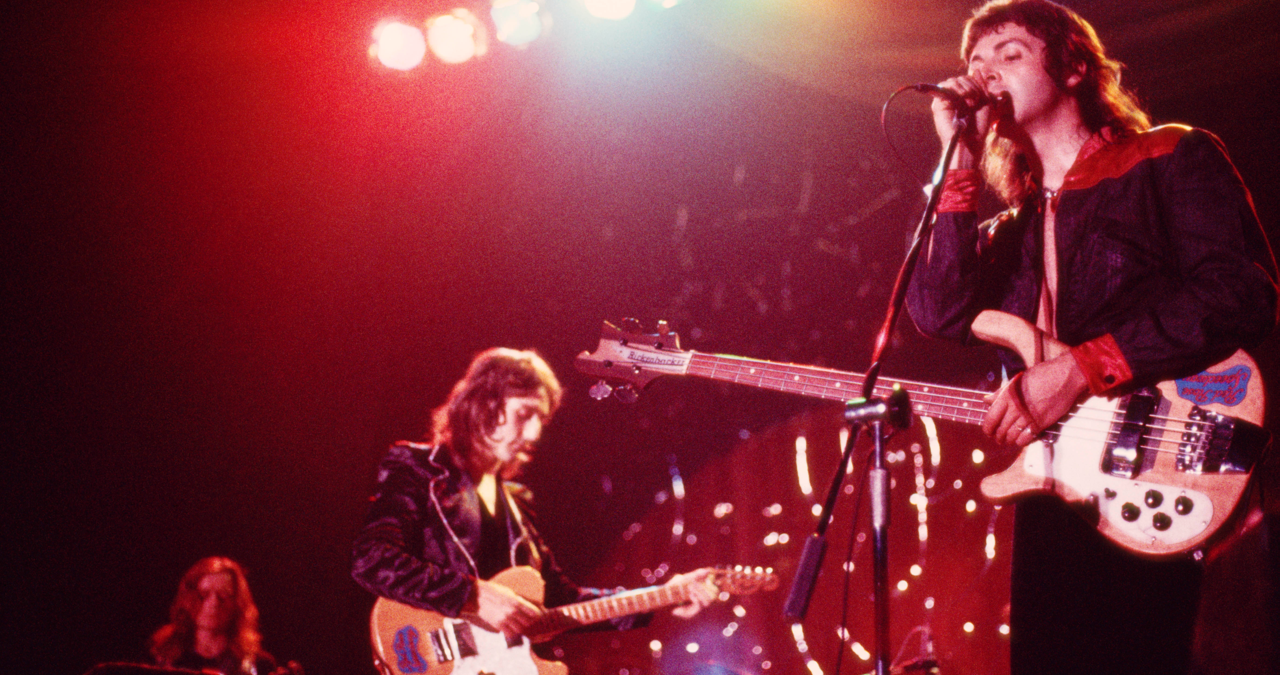
Finally, just past the two minute mark, the cell keys are snatched, the door is unlocked and, as the liberated rascals hitch up their horses , the song roars into a gallop of acoustic guitar-driven freedom.
Well, the rain exploded with a mighty crash
As we fell into the sun
And the first one said to the second one there
"I hope you're having fun"
Finally, the song’s central and iconic refrain bursts forth:
Band on the run!
It was the record’s whole conceit in a nutshell, and it made for a truly thrilling, cinematic listen.
Drawing on the anxieties around the choice to even have a band that McCartney had wrestled with, the song was also a fairly direct commentary on the his bizarre former life as a Beatle.
The line “If we ever get out of here” was itself a regular, typically dry, utterance of George Harrison, when dragged through many of the then-splintering Beatles’ later business meetings.
“It was symbolic: “If we ever get out of here … All I need is a pint a day” … [In the Beatles] we’d started off as just kids really, who loved our music and wanted to earn a bob or two so we could get a guitar and get a nice car,” McCartney told Clash Music in 2010. “It was very simple ambitions at first. But then, you know, as it went on it became business meetings and all of that … So there was a feeling of “if we ever get out of here”, yeah. And I did.”
Why It's Brilliant
Band on the Run is, in our view, Paul McCartney’s greatest solo accomplishment as a songwriter.
Its third and longest section is the very sound of an artist finding his feet after numerous diversions and mis-steps.
It saw McCartney finally regain ground on his former Beatle rivals.
Even McCartney’s songwriting soul brother (and recent nemesis) John Lennon couldn’t deny Band on the Run’s brilliance, telling Rolling Stone it was “A great song from a great album”.
That final section is nothing short of that wind-in-your-hair, euphoria of freedom made sound. It’s a howl of escape from the pressure to live up to an impossible legacy.
It's the sound of defiance against the various omens and obstacles that he’d faced when making the record and a reminder that the writer of some of the 1960s’ most era-defining cuts - Yesterday, Let It Be and Hey Jude - still had a classic or two left to unleash as the new decade found its form.
The developing three-act structure tells an electrifying, feature-length story in microcosm. But its theme of escape from the shackles of confinement resonated well beyond the context of its writing.
Band on the Run still makes for an exhilarating live spectacle - most recently underlined when the Foo Fighters' Dave Grohl joined Paul for a rendition during his majestic 2022 Glastonbury headline set.
Though initially selling moderately well, Band on the Run’s well planned single release strategy pushed the album up into the upper echelons of the global charts for much of the following year. It would become EMI’s biggest selling record of the decade. Its chart-topping title track became its enduring flagship moment.
Band on the Run also, finally, saw McCartney gaining his due from the cognoscenti of the music press. NME’s Charles Shaar Murray opined; “The ex-Beatle least likely to re-establish his credibility and lead the field has pulled it off with a positive master-stroke of an album entitled Band On The Run."
Paul reflected on the record’s enduring influence in an interview with The Sun; “By the time we did Band On The Run, I felt we’d got it. It had echoes (of The Beatles), maybe inevitably because it was me, but we had established our own style. Years later, I was doing an interview. We were talking about Sgt. Pepper’s Lonely Hearts Club Band and they said, ‘My Sgt. Pepper’s was Band On The Run.’”

I'm the Music-Making Editor of MusicRadar, and I am keen to explore the stories that affect all music-makers - whether they're just starting or are at an advanced level. I write, commission and edit content around the wider world of music creation, as well as penning deep-dives into the essentials of production, genre and theory. As the former editor of Computer Music, I aim to bring the same knowledge and experience that underpinned that magazine to the editorial I write, but I'm very eager to engage with new and emerging writers to cover the topics that resonate with them. My career has included editing MusicTech magazine and website, consulting on SEO/editorial practice and writing about music-making and listening for titles such as NME, Classic Pop, Audio Media International, Guitar.com and Uncut. When I'm not writing about music, I'm making it. I release tracks under the name ALP.
You must confirm your public display name before commenting
Please logout and then login again, you will then be prompted to enter your display name.




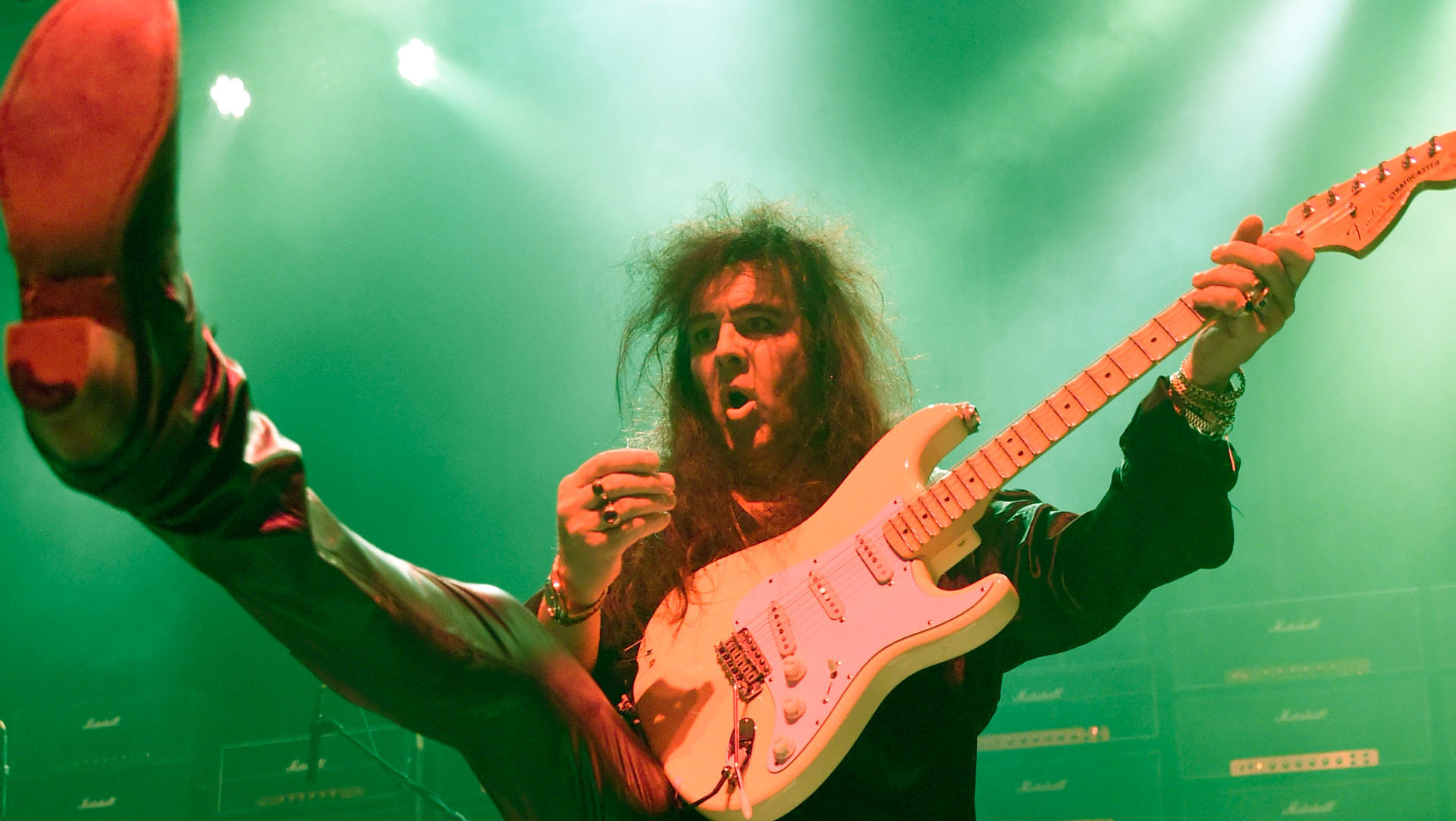
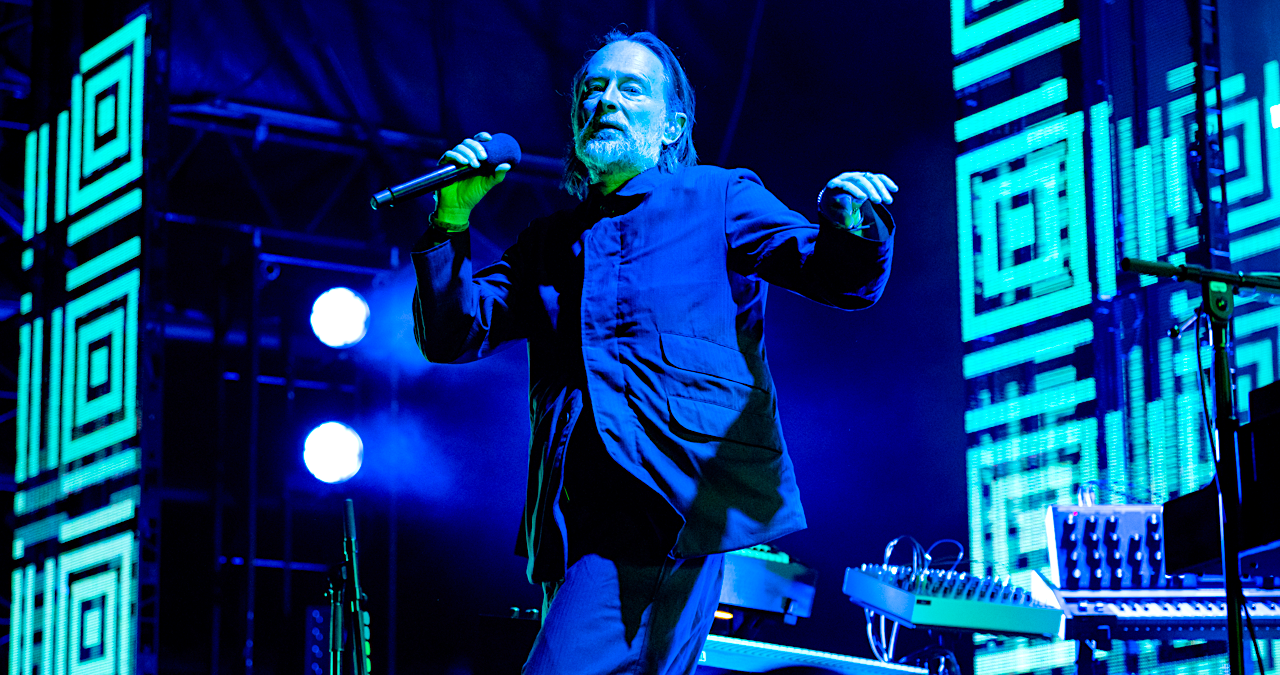
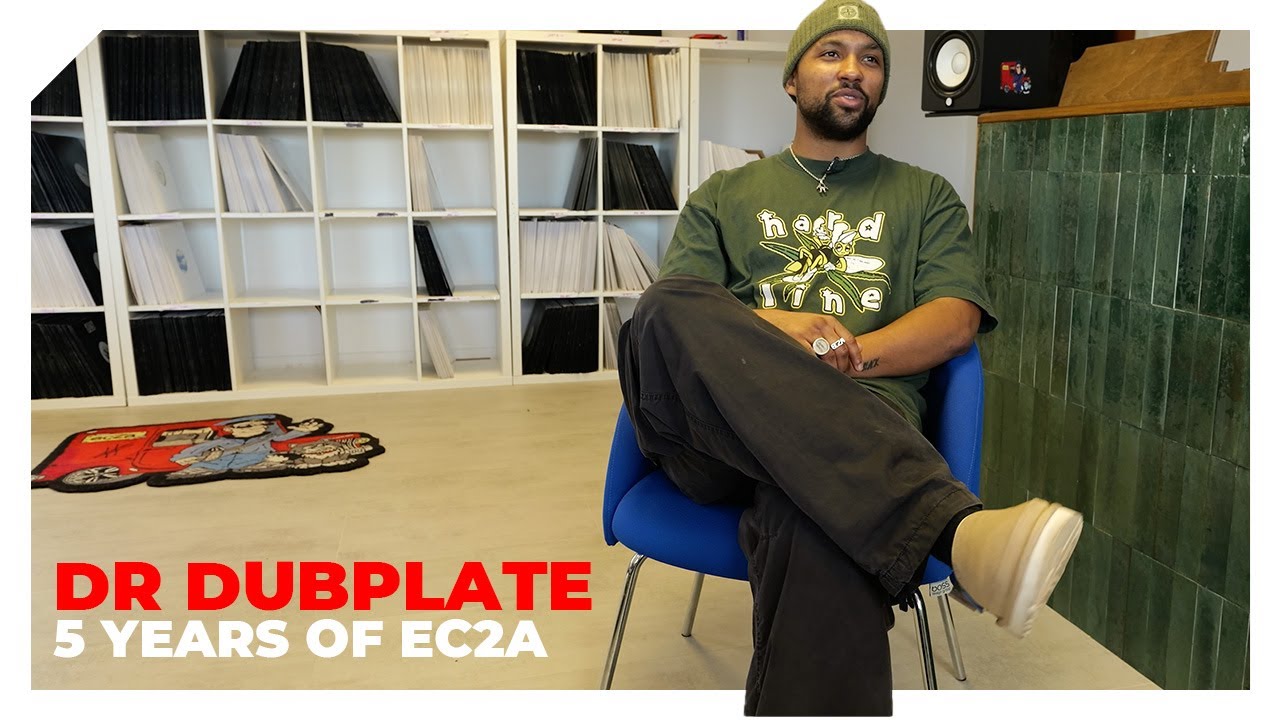
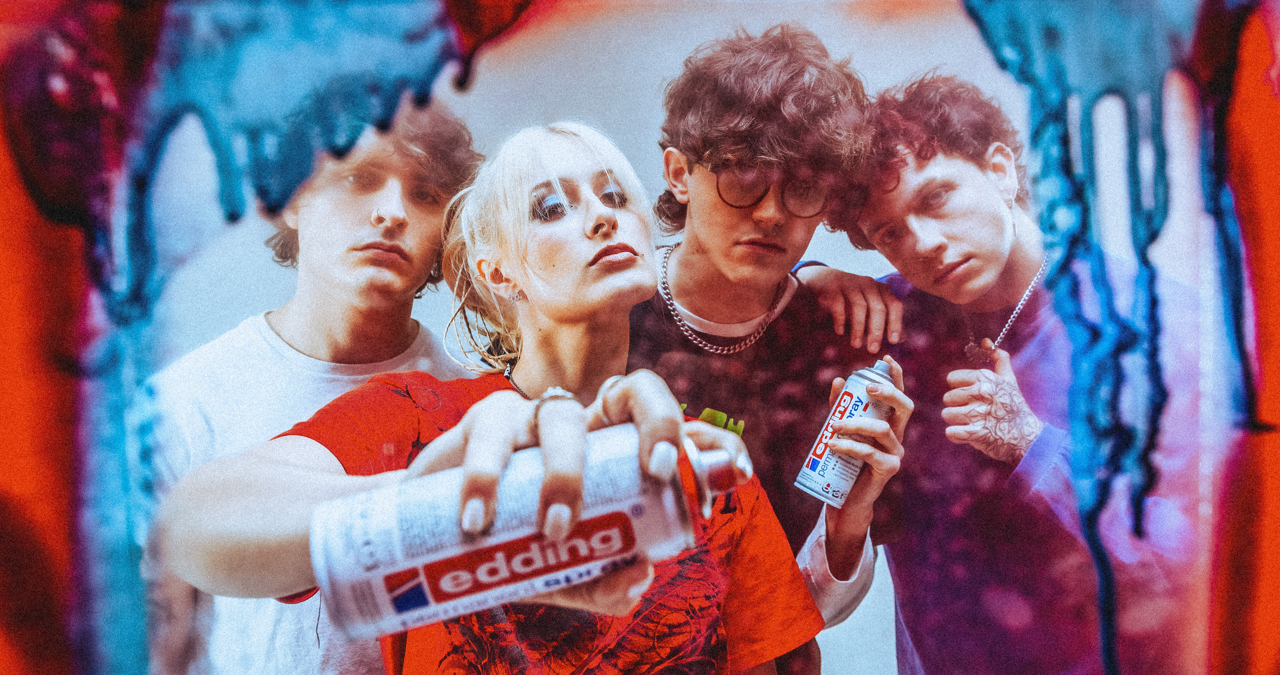
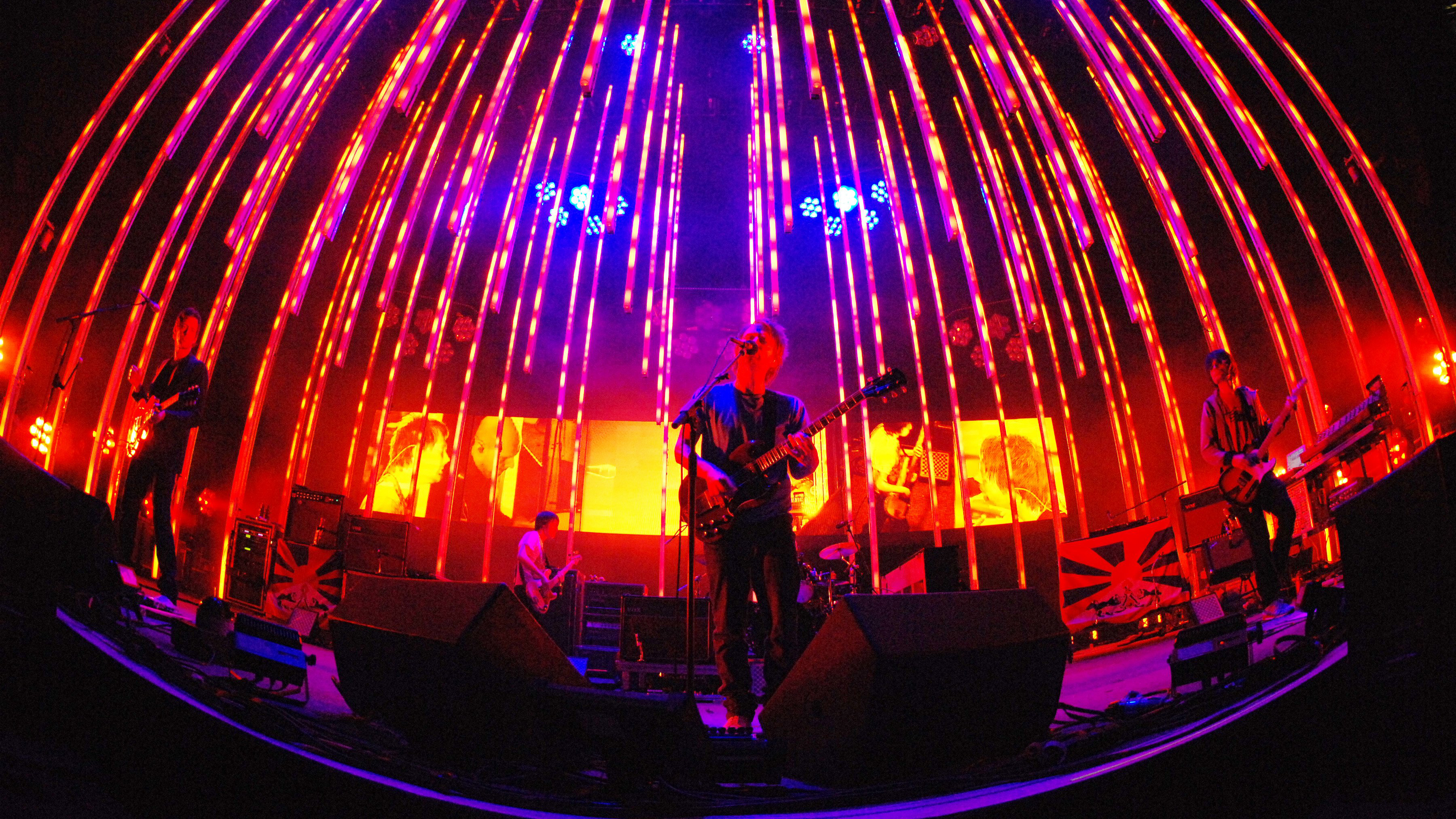

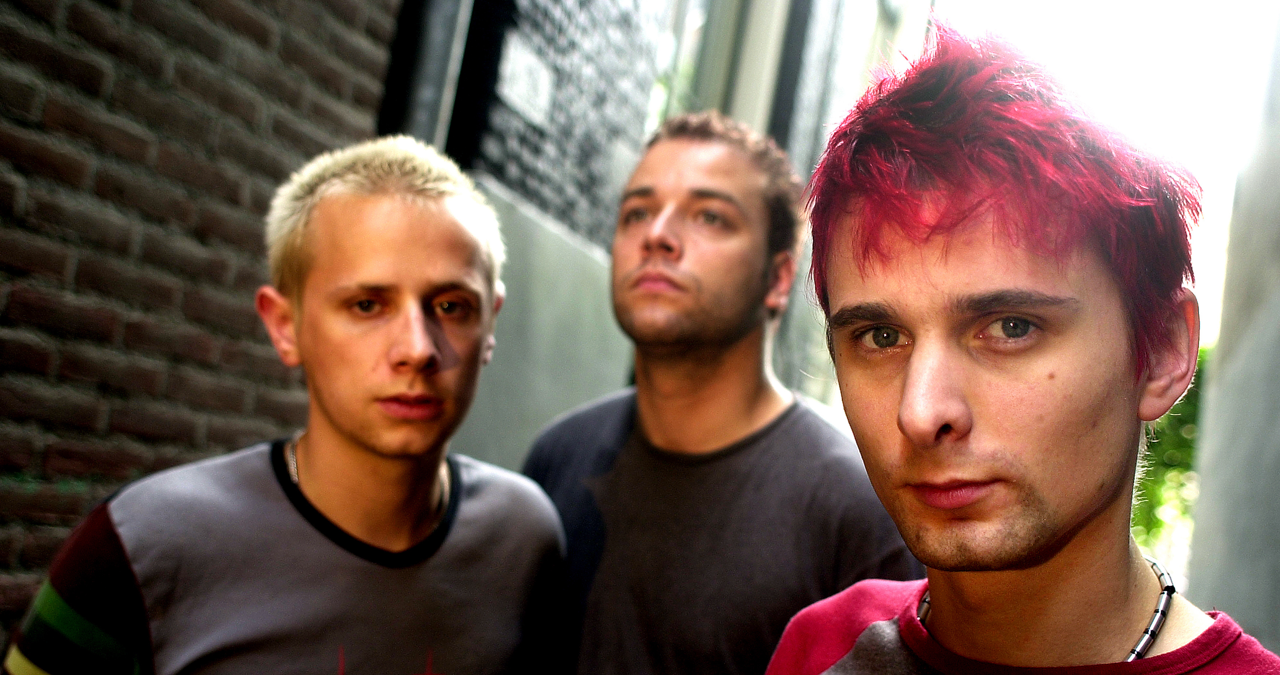
![James Hetfield [left] and Kirk Hammett harmonise solos as they perform live with Metallica in 1988. Hammett plays a Jackson Rhodes, Hetfield has his trusty white Explorer.](https://cdn.mos.cms.futurecdn.net/mpZgd7e7YSCLwb7LuqPpbi.jpg)
